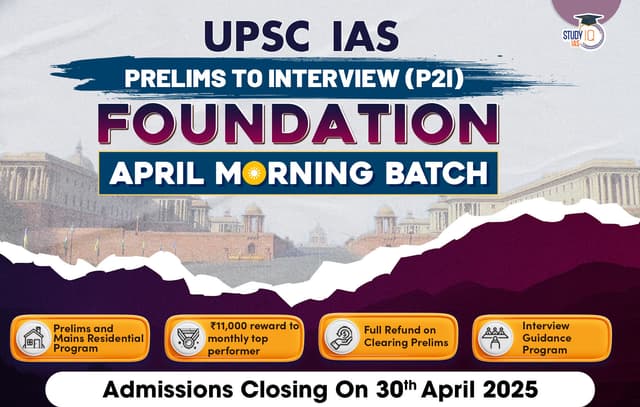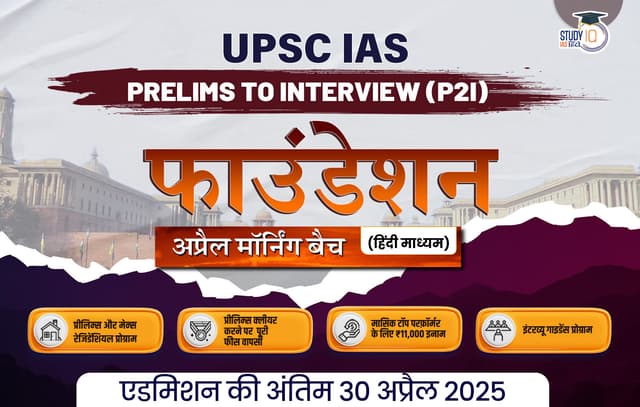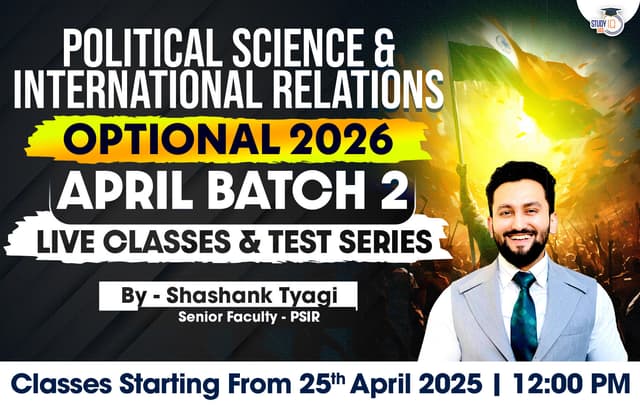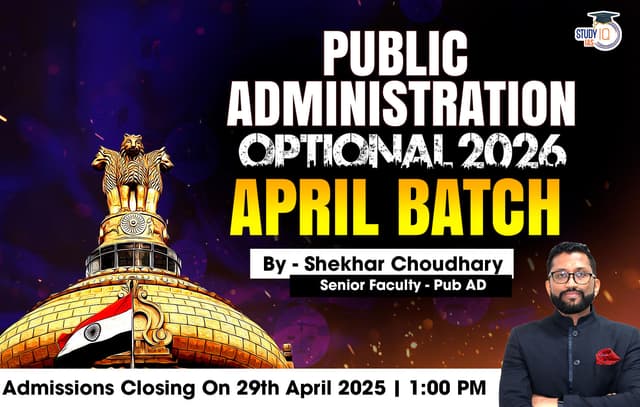Table of Contents
Context: The US National Security Advisor Jake Sullivan recently visited India.
Key Points Highlighted by Jake Sullivan’s Recent Visit to India
- Strengthening the Strategic Partnership: Acknowledged the Biden Administration’s expansive commitment to advancing the India-US strategic partnership, ensuring it remains resilient against unanticipated crises.
- Deepening Advanced Technology Collaboration: Focused on areas like AI, semiconductors, space, and biotechnology under the Initiative on Critical and Emerging Technologies (iCET), which promotes techno-industrial collaboration involving governments, industries, and research institutions.
- Realignment of Global Economy: Emphasized reducing global dependence on China by building technology partnerships with allies, contributing to regional balance in the Indo-Pacific.
- Lifting Restrictions on Space Cooperation: Announced the removal of restrictions on civilian space cooperation and continued efforts to delist key Indian atomic energy centres from the US blacklist to enable civilian nuclear energy collaboration.
- Focus on Nuclear Energy: Highlighted the potential of nuclear energy to meet the clean energy demands of data centres powering AI, urging regulatory reforms in India to facilitate international investments.
India’s Nuclear Journey: Progress
Early Cooperation and Challenges
- Initial Collaboration: Post-independence, the US supported India’s nuclear and space programs.
- Key contributions included modernizing agriculture (Green Revolution) and strengthening scientific education.
- Non-Proliferation Challenges (1970s–1990s): The US imposed stringent non-proliferation laws, sanctioning India for staying non-nuclear.
- Bilateral nuclear cooperation collapsed during this period.
Breakthrough and Subsequent Progress
- India-US Civil Nuclear Deal (2005-08): Negotiated by George W. Bush and Manmohan Singh, it resolved key nuclear disputes.
- Marked a paradigm shift in bilateral relations, enabling peaceful nuclear energy cooperation.
- Successive Administrations: Presidents Obama, Trump, and Biden built upon the nuclear deal, paving the way for advanced technology and energy collaboration.
Hurdles in Realizing Full Potential
- Regulatory Barriers in India: The Civil Liability for Nuclear Damage Act (2010) dissuaded foreign companies due to its stringent liability provisions.
- No international nuclear power plants were established in India, except by Russia, even two decades after the deal.
- Blacklisting of Indian Atomic Centres: Persistent US restrictions on civilian nuclear cooperation with key Indian facilities hindered progress.
- Economic Viability: High costs and lack of investment limited India’s ability to harness nuclear energy fully.
Way Forward
- Regulatory Reforms: Modify liability laws to attract investments from US and other global players.
- Boosting Infrastructure: Invest in domestic manufacturing and research in nuclear technology to reduce dependency on imports.
- Leveraging AI’s Energy Demands: Capitalize on nuclear energy’s resurgence driven by clean energy needs for AI-driven data centres.
- Strengthening US-India Cooperation: Ensure sustained diplomatic engagement to deepen civilian nuclear collaboration and resolve pending restrictions.
- Public-Private Partnerships: Encourage collaborations between government and industry to develop scalable, economically viable nuclear solutions.
- Commitment to Clean Energy Goals: Align nuclear energy development with India’s renewable energy transition to meet climate goals and energy security needs.


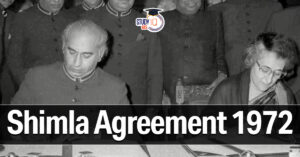 Shimla Agreement 1972 to 2025: From Peac...
Shimla Agreement 1972 to 2025: From Peac...
 China's Salami Slicing Tactics
China's Salami Slicing Tactics
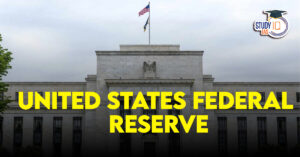 United States Federal Reserve (US Fed)
United States Federal Reserve (US Fed)

